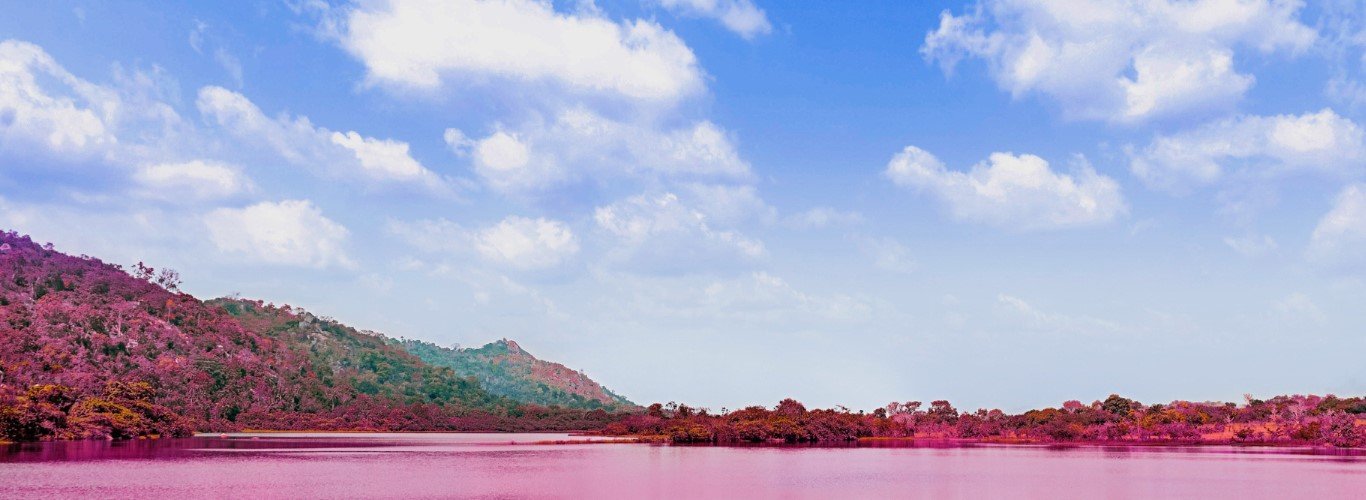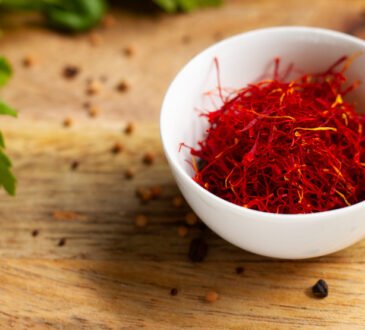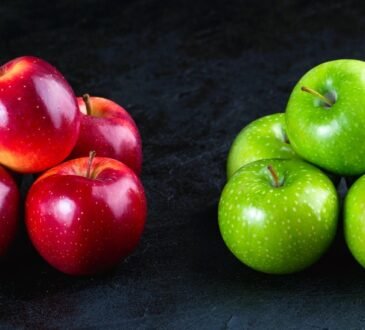
Growing olives at home can be a rewarding experience, although it requires patience and attention to specific growing conditions. Here’s a basic guide to help you get started:
How to Grow Olives at Home
1. Climate and Location:
- Olives thrive in Mediterranean climates with mild, rainy winters and hot, dry summers.
- Choose a sunny, sheltered spot in your garden or yard with well-drained soil. If you live in a colder climate, consider growing olives in pots that can be brought indoors during the winter.
2. Choose the Right Variety:
- Select olive tree varieties that are suitable for your climate and intended use (e.g., oil production or table olives).
- Some popular olive tree varieties include Arbequina, Frantoio, Koroneiki, and Mission.
3. Soil Preparation:
- Olives prefer well-drained soil with a pH between 6.0 and 8.5.
- Amend the soil with organic matter, such as compost, to improve drainage and fertility.
4. Planting:
- Plant olive trees in the spring or fall when the weather is mild.
- Dig a hole slightly larger than the root ball of the olive tree and backfill with soil.
- Space olive trees at least 15-20 feet apart to allow for proper growth and air circulation.
5. Watering:
- Provide young olive trees with regular watering, especially during dry spells.
- Once established, olive trees are drought-tolerant and require less frequent watering. Avoid overwatering, as this can lead to root rot.

6. Pruning:
- Prune olive trees annually to maintain shape, remove dead or diseased branches, and promote fruit production.
- Pruning is typically done in late winter or early spring before new growth begins.
7. Fertilizing:
- Olive trees have low nutrient requirements and generally do not require heavy fertilization.
- Apply a balanced fertilizer in the spring, following package instructions for dosage and application.
8. Pest and Disease Management:
- Monitor olive trees for common pests and diseases, such as olive fruit fly, scale insects, and fungal infections.
- Use cultural practices like proper sanitation and integrated pest management to minimize pest and disease problems.
9. Harvesting:
- Olive trees may take several years to start producing significant fruit.
- Harvest olives when they reach their desired ripeness for eating or oil production, usually in late fall or early winter.
10. Enjoying Olives:
- Use harvested olives for cooking, curing, or pressing into olive oil.
- Fresh olives can be enjoyed as table olives or incorporated into various dishes.

By following these guidelines and providing proper care, you can successfully grow olives at home and enjoy the fruits of your labor for years to come.




